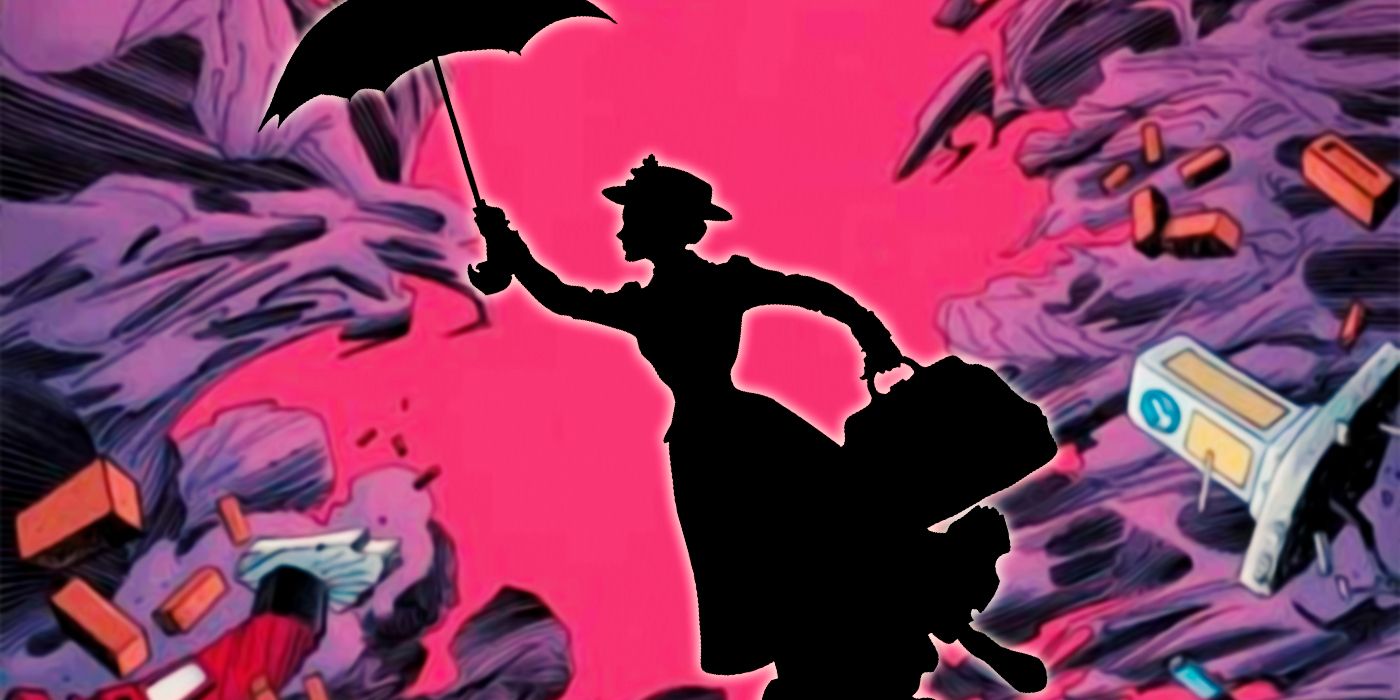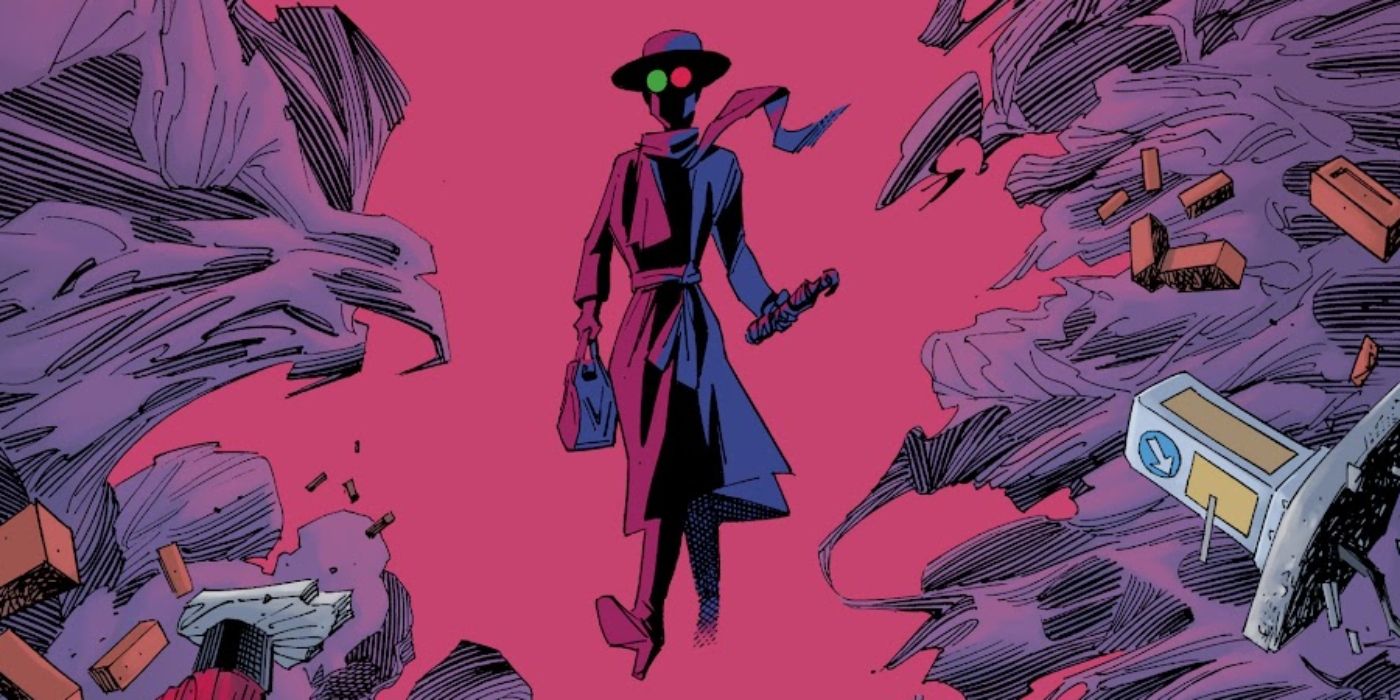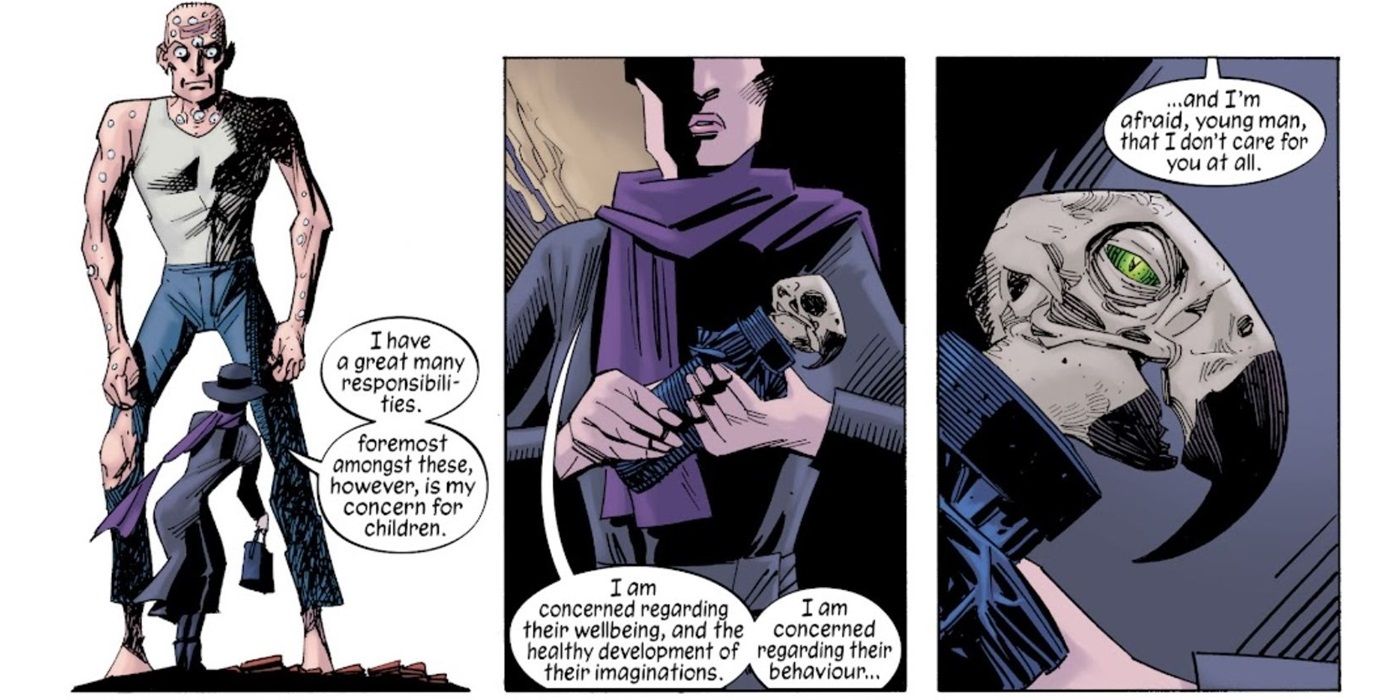Part of the inherent appeal of Alan Moore and Kevin O'Neill's The League of Extraordinary Gentlemen was always the way the creators reapproached classic characters and painted them in entirely different lights to reflect modern views. That extended beyond the Victorian-era creations of the original 1999 series, with the sequels delving into other notable pop-culture fixtures.
The League of Extraordinary Gentlemen III: Century introduced a number of uniquely powerful takes on characters from across literature, and transformed Mary Poppins from her common modern Disney variant into a cold but maternal God.
In The League of Extraordinary Gentlemen, the world is revealed to exist in multiple forms, with separate dimensions -- including the Blazing World, a mysterious realm outside of normal space and time. Thanks to Prospero, the duke turned sorcerer from Shakespeare's The Tempest and a former member of the League, and his connection to the dimension, the heroes are eventually able to call upon it. This becomes crucial at the conclusion of League of Extraordinary Gentlemen III: Century. Mina Murray (from Bram Stoker's Dracula) and the immortal Orlando (from Virginia Woolf's novel) were the last standing members of the group by the climax, set in 2009, left alone against the mad whims of the Anti-Christ, who in this series has been reinvented as a horrifying, murderous, and almost pitiable, incarnation of Harry Potter.
Calling out to Prospero, the pair was instead greeted by the world's apparent avatar of God, who took the form of Mary Poppins. Striding into the battle, the character was never expressly named due to copyright laws granting other publishers the rights to the character. But her appearance and demeanor were consistent with early portrayals of the character. Instead of having gained the mischievous but sweet-natured aspects from her Disney incarnation, this more driven and cold version of Poppins was instead prescient of author P.L. Travers' original conception of the character. Regardless of her personality, she quickly proved powerful enough to simply ignore the massive spells conjured by Potter.
As part of the story's overall commentary on modern fiction heroes, Poppins was entirely unimpressed with the Anti-Christ, his angst, or his powers. While the Anti-Christ is quick to brag that he had an entire book of the Bible focusing on him (referencing the Book of Revelations), Poppins remarked that she's on every page -- seemingly confirming her position as this world's version of God. She then used her reality-warping abilities to turn Potter into a chalk drawing that then fades away with ease in the light rain, saving the day with ease whereas the heroes were hopelessly outclassed by Potter and his magical capabilities. As quickly as she arrived, she then embarked back to the Blazing World (with the villainous Oliver Haddo, intending to seemingly ensure his long-standing punishment for his actions).
It's quietly perfect that Mary Poppins receive such an impressive power boost for League of Extraordinary Gentlemen. The series was always a means of exploring the definition of hero in popular fiction from defining eras of western storytelling, exploring the dark undercurrents of beloved characters. While the Disney version of Poppins ended up with a far softer edge than the core version, she could still be cold and detached when she needed to be and was always displayed as a being of unknowable power. She still always retained a motherly edge to her, making her a perfect stand-in for a vengeful but compassionate God, one who seeks to deal with problems and cannot abide terrible children but retains an affection for the people under her protection. It's a perfect modern escalation of the concept.



